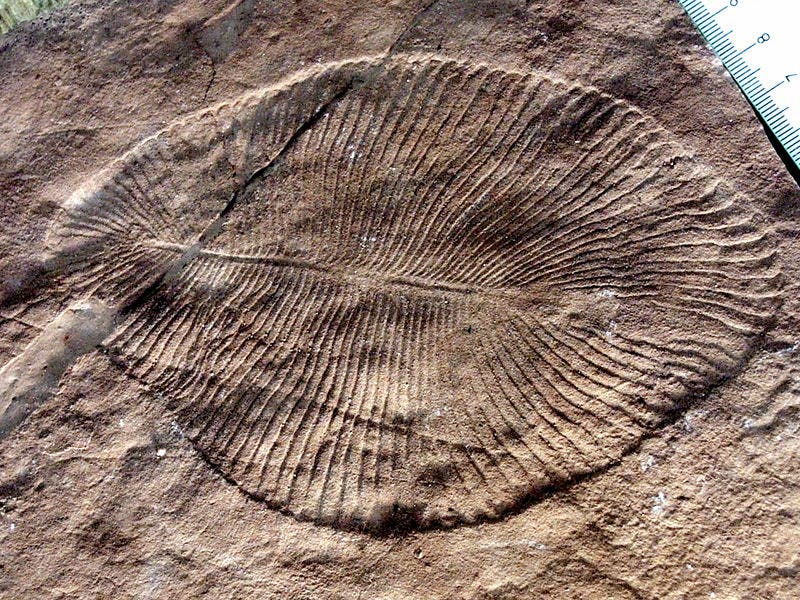The year is 600 million BC — and the Earth is a completely different place from what we know it to be. The most advanced creatures on Earth are (probably) the so-called Ediacaran fauna. To the untrained eye, they look just like plants, static and seemingly inactive. But things are not always as they seem.
The Ediacaran fauna has fascinated scientists for years, trying to figure out whether they were algae, fungi, animals, or of a completely different kingdom. Now, a group of scientists believes they finally have the answer. In a new study, they present convincing arguments that the Ediacaran fauna were indeed animals.

They dominated the seas all around the world, with traces of their fossils appearing in all corners of the Earth. The Ediacaran fauna first emerged some 635 million years ago, only to disappear quickly after the Cambrian Explosion, some 542 million years ago. Part of the reason why these creatures have been so hard to pin down is their unique anatomy. They featured tubular-type fronds, which branch out in a fractal matter. They bear a resemblance to mollusks (and other creatures with a similar symmetry), but they also resemble some sponges and even jellyfish. Some paleontologists have suggested that they represent a completely extinct branch of life, perhaps even a link between plants and animals.
But a new study says that they were definitely animals — and it brings the evidence to back it up.
Jennifer Hoyal Cuthill at the Tokyo Institute of Technology and the University of Cambridge in the United Kingdom and Jian Han at Northwest University in Xi’an, China, analyzed more than 200 fossils of a 518-million-year-old marine species named Stromatoveris psygmoglena.
It was already believed that this creature was some sort of animal, but it was not clear whether it also belonged to the Ediacaran fauna. If this connection could be established, then it would indicate that the Ediacaran fauna were indeed animals.
Cuthill and Han ran a computer analysis, using anatomical features to reconstruct evolutionary relationships between Stromatoveris and creatures genetically close to it. They found that Stromatoveris, just like all other Ediacaran organisms they analyzed, didn’t belong to any living animal group (or phylum). They have their own branch, somewhere between the simple sea sponges and more complex animals such as worms and mollusks.
“This branch, the Petalonamae, could well be its own phylum, and it apparently lacks any living descendants,” Hoyal Cuthill says.
There’s a very good chance that the Ediacaran fauna were the world’s first animals, but this opens up another thorny question: the extinction of the Ediacaran was linked to Cambrian animals. But if they themselves were animals (and some survived well into the Cambrian), the explanation isn’t so elegant anymore.
“It’s not quite so neat anymore,” she says. “As to what led to their eventual extinction I think it’s very hard to say.”
The study was published in Paleontology.






